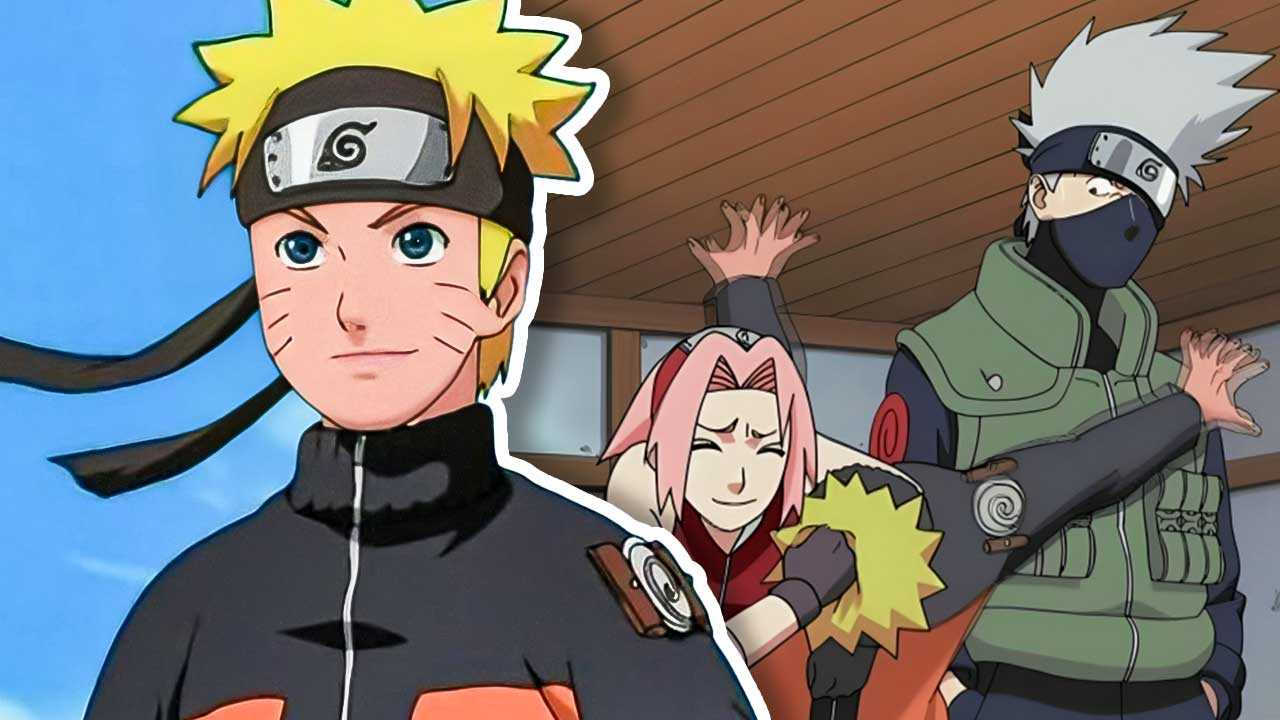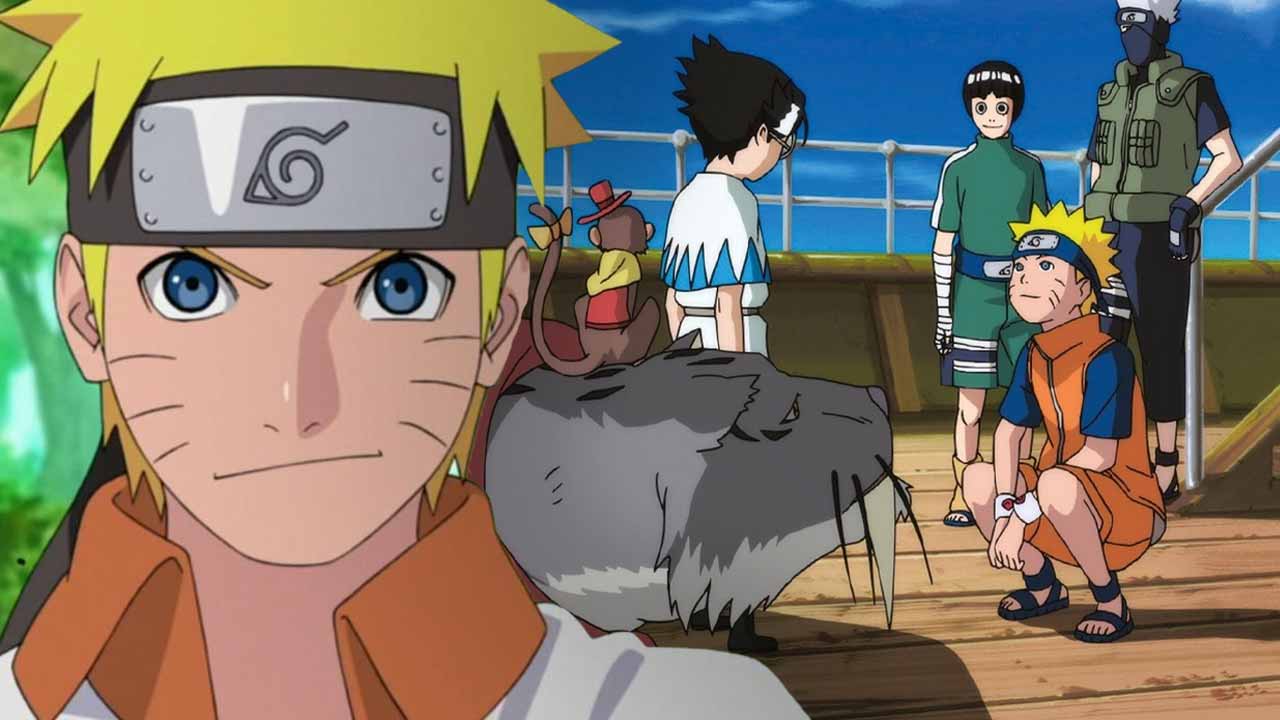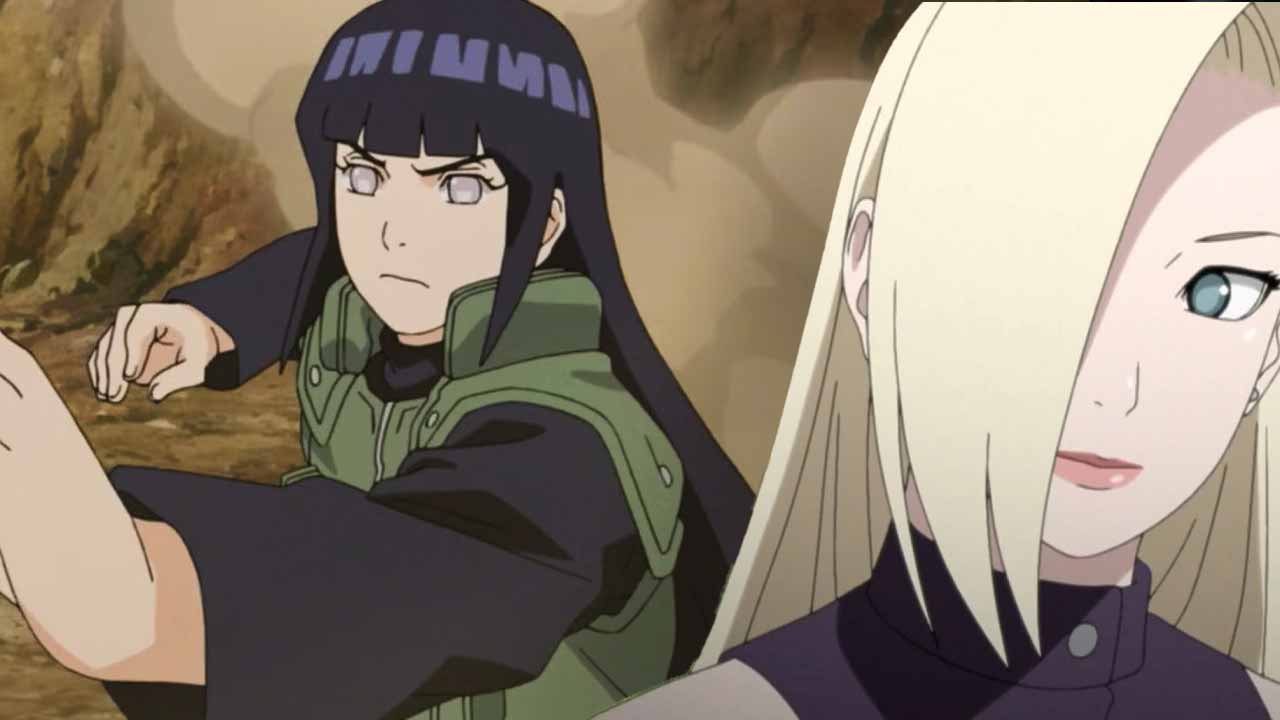Masashi Kishimoto’s Obsession with Drawing Manga Almost Had Him Failing High School
Masashi Kishimoto is undoubtedly one of the most successful mangakas in the world. His long-running series about Naruto Uzumaki sold hundreds of millions of copies around the globe. Not only that, the anime series that goes by the same name is considered to be one of the “big three” in the anime world. Naruto established itself as a staple like no other anime has.
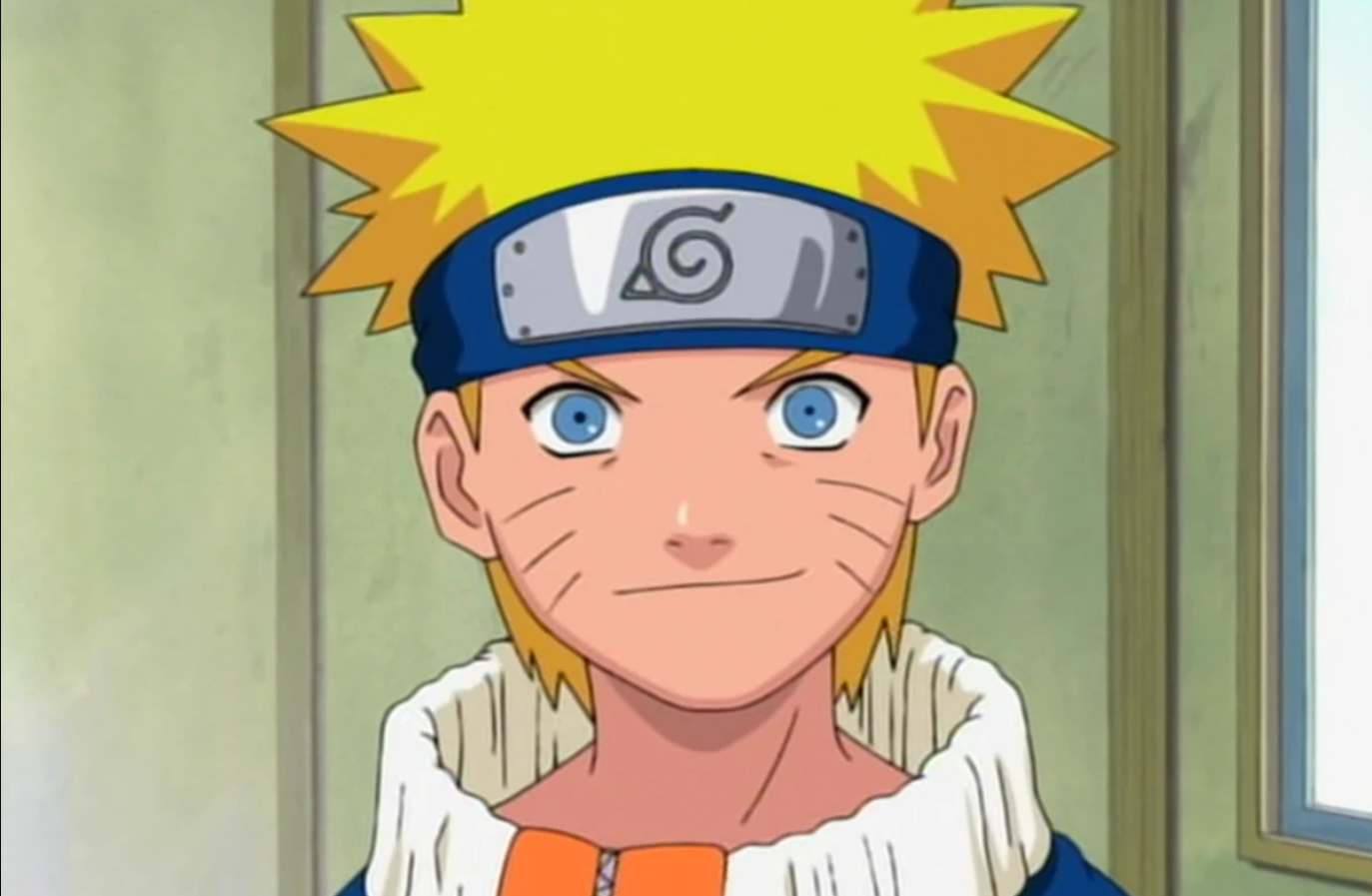
Of course, the success of Naruto is largely owed to the talented creator, Kishimoto himself. It is also worth noting that Kishimoto’s love for drawing began when he was a child, and he was criticized by his family for his art style. He almost gave up on becoming a manga artist altogether, but thankfully, Kishimoto persevered, and that’s because he was inspired by a poster from the anime movie Akira.
Masashi Kishimoto Almost Failed High School Because He Was Too Focused On Drawing
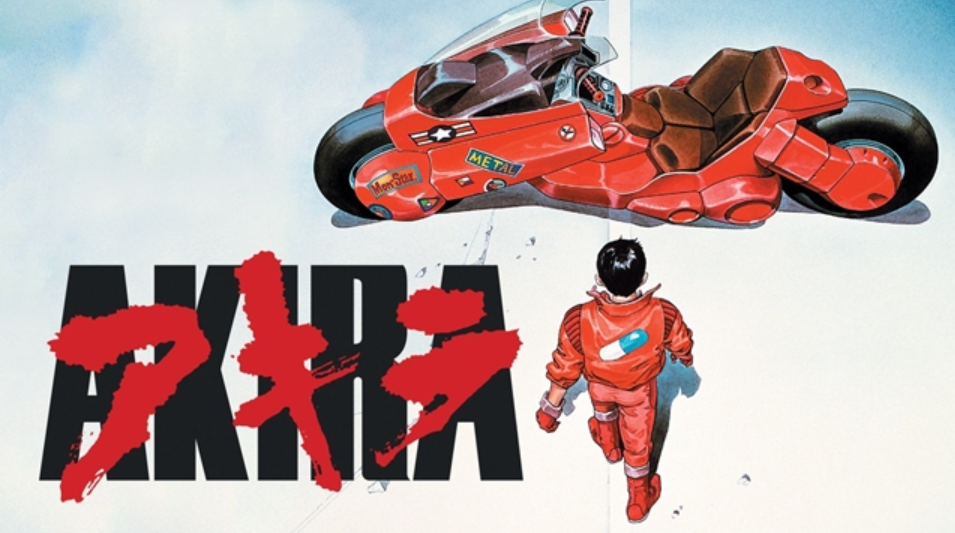
In a 2008 interview with the Los Angeles Times, Masashi Kishimoto revealed that he almost failed high school. The interview delved into the man behind Naruto and fished some stories from Kishimoto. As a young boy, Kishimoto was obsessed with two things: manga and baseball.
In elementary school, he became “completely addicted” to the popular Shonen series by Akira Toriyama, Dragon Ball. His interest gradually expanded to include other manga series, notably Katsuhiro Otomo’s Akira. Kishimoto explained that he was so focused on his drawings that he did poorly in high school, ranking 30th in a class of 31.
However, things were the complete opposite in his art school, where he won a contest for aspiring manga artists with his story Karakuri. His next work was a manga short story about a fox spirit disguised as a human named Naruto, which appeared in 1997. Two years later, a new version of Naruto debuted as a serial in the magazine Weekly Shonen Jump and became an immediate hit.
Masashi Kishimoto Was Deeply Influenced By The Movies He Watched

Kishimoto organizes each page as if he were a director or cinematographer, frequently contrasting extensive illustrations of a fight scene with a succession of close-ups showing a character’s evolving expression. The viewers witness Naruto’s determination harden just before beating his opponent. Kishimoto explained:
I watch a lot of movies, and I tend to be influenced by scenes that intrigue me, that make me want to use the same effects or technique. I once adopted [actor-director] Takeshi Kitano’s technique of shooting objects from a great distance to stifle the emotion in the scene.
He further explained that he liked the way Quentin Tarantino created a scene using close-ups or slow motion. Kishimoto was undoubtedly influenced by such shots.
I like the way Quentin Tarantino creates a scene using a series of close-ups or showing very cool images of a person or people walking on some ordinary street in slow motion. I wish I could achieve that kind of slow-motion effect in manga, but it’s rather difficult to draw; the only things we can play with are tones of black and white.
Kishimoto examined the works of some of the most well-known Japanese animators and manga artists when he was still a student. He read, reread, and copied the illustrations in several works, including Dragon Ball, Akira, Koji Kiriyama’s ninja tale Ninku, and Masamune Shirow’s groundbreaking cyberpunk tale Ghost in the Shell. Kishimoto believed that their achievements cleared the path for Naruto‘s global success, which was impacted by them.

